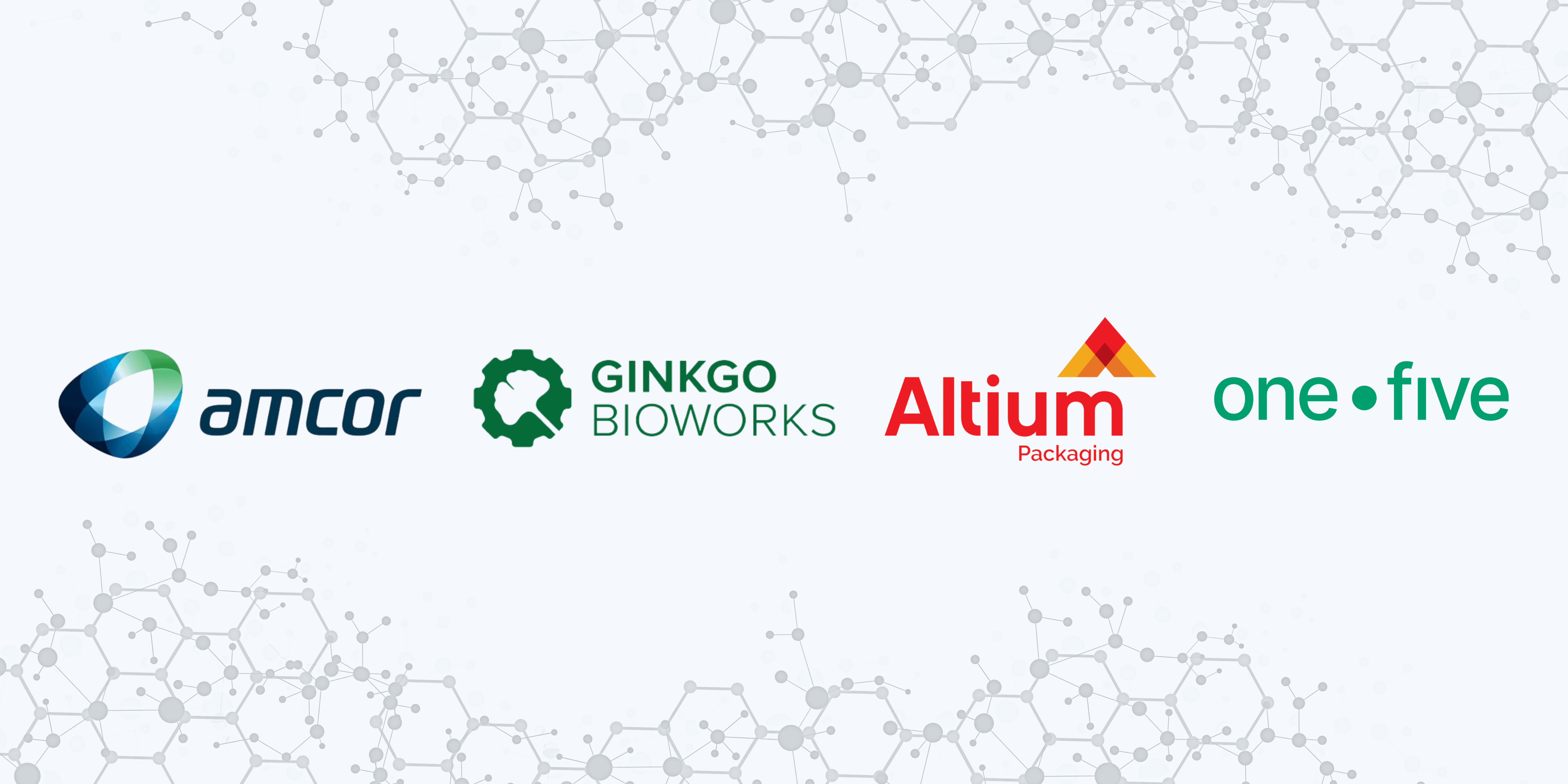Office work. It’s mundane yet so critical to innovative research and corporate projects alike. Whether you’re in industry or academia, administrative work can consume a large part of your workday.
In fact, the Harvard Business Review (HBR) spent three years studying how knowledge workers, including researchers and scientists, spend their time and how to improve productivity. Ultimately, they showed that knowledge workers spend approximately 41 percent of their workday on “discretionary activities” that require little of their specialized expertise.

Research administration: the infrastructure of scientific discovery
The HBR insists that the simplest answer to increasing knowledge workers’ productivity is to “[e]liminate or delegate unimportant tasks and replace them with value-added ones.”
Unfortunately, that’s more easily said than done. Administrative work is a significant facet of the work driving research forward.
Perhaps it’s no surprise that it’s become a distinct profession within research environments, with some organizations equipped with multiple departments for this function. Research administration responsibilities are critical to the management of research programs, ensuring compliance with laws from government agencies and policies from research institutes, and fostering international collaboration. “We do things a scientist cannot,” says Debra Schaller-Demers, head of the research outreach and compliance office at Memorial Sloan Kettering Cancer Center in New York City. “We grease the wheels so they don’t run afoul of regulations. With research administrators doing all that work, scientists can be left to do the good work they do in the world.”
We grease the wheels so they don’t run afoul of regulations. With research administrators doing all that work, scientists can be left to do the good work they do in the world.
Debra Schaller-Demers, Vice President of Research Outreach and Compliance at Memorial Sloan Kettering Cancer Center

Administrative work can bring research to a crawl
Not all research labs are lucky enough to have dedicated administrative support.
Often, administrative responsibilities fall on scientists’ shoulders. A 2015 study led by Ted von Hippel of Embry-Riddle Aeronautical University and Courtney von Hippel of the University of Queensland found that the average proposal takes 116 principal investigator hours and 55 chief investigator hours.
That represents a minimum effort of a month’s worth of full-time hours spent applying for one grant. Even worse, researchers take on these massive time commitments without a guarantee of sponsored awards or grants in return.
A 2015 study…found that the average proposal takes 116 principal investigator hours and 55 chief investigator hours.
Further, with funding rates from organizations such as the National Institutes of Health and the National Science Foundation often below 20 percent, researchers must adapt to unfamiliar application criteria as they seek funding from government agencies and non-profit organizations outside of the NIH or the NSF.
Pain points and worst offenders
The National Science Board (NSB) showed that high workloads are partly due to increasingly stringent requirements on funding applications, which is exacerbated by declining funding opportunities. Detailed budget requirements and formatting were named among the main offenders. These factors vary significantly by agency, so scientists and their institutions must constantly readjust for each documentation process.
In particular, researchers point to personal statements as one of the most burdensome requirements, maintaining it does little to enhance the full proposal.
Many also complain that progress reports are too frequent, not used effectively, and are “more extensive than necessary to judge the progress of the research.” Ultimately, this discourages scientists from working on long-term problems.
Over time, these grievances accumulate to make the grant proposal process less accommodating to working scientists. And the pressure keeps mounting. The NSB noted that institutional administrative support available to faculty is “eroding” as resources are diverted to the never-ending quest to keep up with constantly evolving “reporting, regulatory, and monitoring requirements.”

An operating system for collaboration
Above most other responsibilities, scientists report they need help with managing research administration tasks. In short, researchers want to do research.
Halo was founded because of this contemporary paradox. Why are brilliant researchers spending half their time on paperwork?
The average submission on Halo takes 30-45 minutes. As opposed to a month for a single proposal, Halo’s streamlined proposal can be completed in a lunch break.
As opposed to a month for a single proposal, Halo’s streamlined proposal can be completed in a lunch break.
Industry partners benefit from the brevity of submissions, as well as an interface to easily track and manage proposals, capabilities to review and score potential collaborators with colleagues, and messaging features to establish relationships and track scientists’ developments over time, all within a centralized system of record.
Halo replaces unwieldy email chains, bulky attachments and siloed initiatives with an operating system for R&D, ensuring that corporate leaders, startup teams, university management and academic scientists alike can focus on innovation, not paper-pushing.

Streamlining Bayer Crop Science’s external partnerships
Today, 80% of companies that invest in R&D partner with outside innovators.
Bayer, one of the world’s leading companies in agriculture, pharmaceuticals and consumer healthcare products, devotes a significant portion of its $4.5B R&D budget to exploring new ideas and collaborations through external partnerships.
Despite the company’s experience and resources, the administrative tasks involved with external partnering presented a persistent drag on efficiency.
Bayer Crop Science had initially attempted to develop an in-house portal for managing RFPs and external partnerships in the agriculture vertical. Yet, it subjected users to many of the inconveniences mentioned earlier.
Bayer’s Open Innovation Lead, Phil Taylor, PhD, and Innovation Scout, Al Kriz, PhD, approached Halo with the goal of streamlining their administrative tasks and devoting more time to forming strategic partnerships with academic researchers, independent labs and startups around the globe.
In the two years since, Halo has become an operating system for Bayer’s external partnering. By replacing cumbersome administrative tasks with a flexible tool for proposal review, relationship management and internal stakeholder collaboration, Bayer can augment its partnerships capacity, expanding its considerable footprint and accelerating rate to market.

Streamlining administration for innovation
Research administration is a crucial component of realizing the impact of life-changing research in our society and will remain so.
Yet, no one involved in the translation of early stage science to real-world solutions should be subject to burdensome tasks that could otherwise be simplified.
Halo provides the tools so corporate leaders, startup teams, university officers and university researchers can stretch their resources further across the work they are each uniquely positioned to accomplish. For another perspective, learn how Baxter leveraged external partnerships to advance kidney dialysis solutions in our recent blog post.








